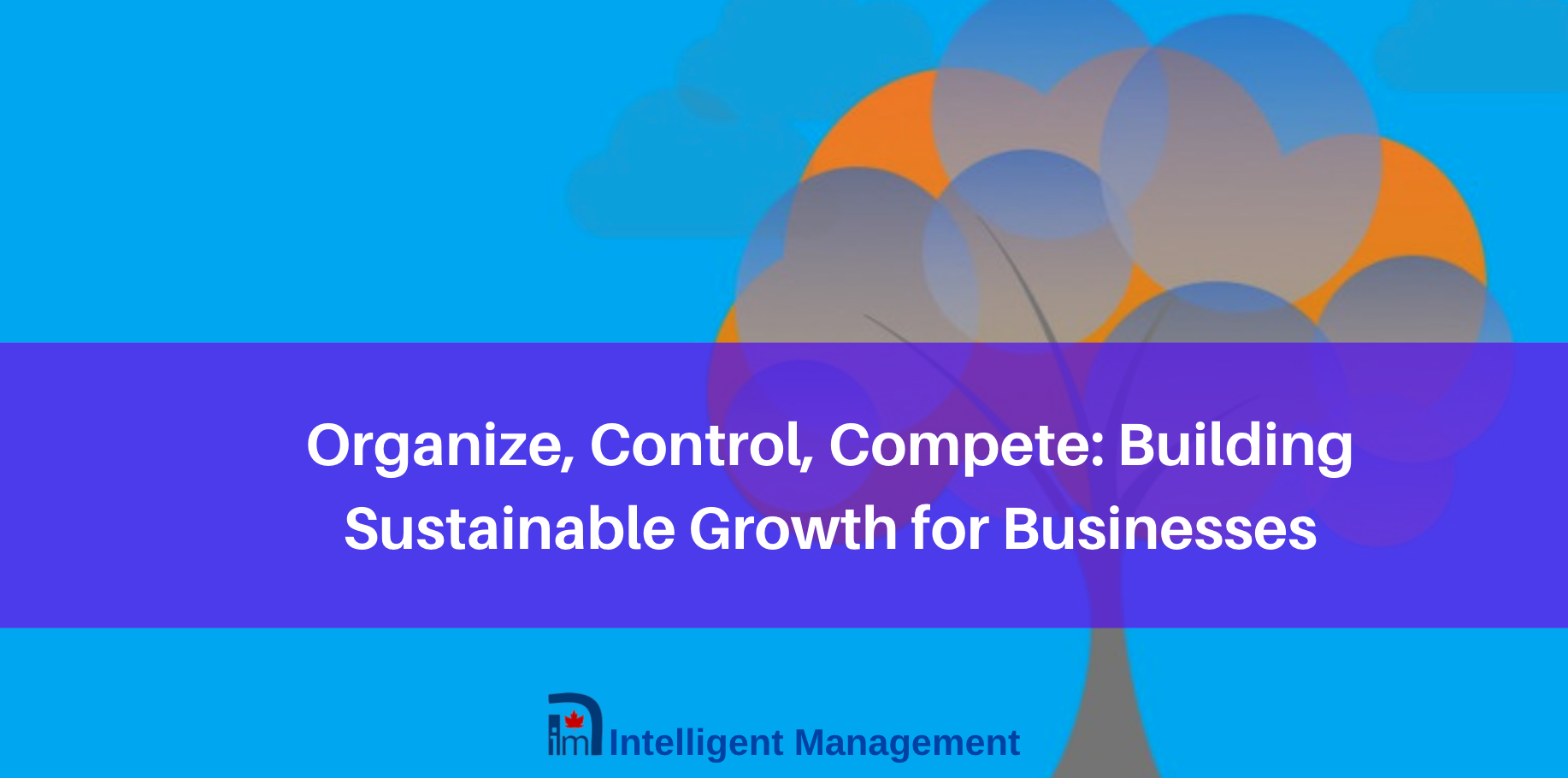The Problem
Every business needs to grow to succeed. But company leaders feel torn: while they must develop and expand to succeed, at the same time, they must have control over the way they operate and manage risk. Trying to satisfy these needs simultaneously often leads to a situation of blockage, even paralysis.

The context of the problem: why is everything so hard and uncertain today?
In a word, complexity. That doesn’t mean just complicated. As the COVID experience shows, unprecedented levels of interdependencies are impacting every business directly. What worked up until some years ago is no longer adequate in this scenario. Without some understanding of systems science, businesses will always struggle with complexity.
Complexity means that it is even harder to compete if your company is fragmented into silos. At best, this creates a highly suboptimal use of all your available resources and leads you to fire-fighting and whack-a-mole actions. It translates into offering the market piecemeal solutions when what is needed is something systemic.
Break it down
Silos and linear thinking are the enemy number one of success in today’s market. Complexity in the digital age calls for better decision-making, faster innovation and flawless delivery of products and services. When companies fail to understand the science of it, they fall behind with what matters most today: consistent Quality, people’s sense of involvement, and speed of flow of information and cash generation.

The problem with consultants
So many consulting firms propose a model that perpetuates outdated, often illogical, inconclusive and money-wasting approaches that are scientifically flawed and also lead to unsustainable practices. Business Schools and their fragmented, modular courses have not helped.
Summing it up: Unless we crack the Sustainable Growth Equation so a company can manage complexity to systematically produce Quality, ensure Involvement of people and speed of Flow, then companies cannot compete and scale successfully.
We cracked the sustainable growth equation so companies can organize, control and compete
Our team includes physicists and mathematicians so it’s second nature for us to work on equations. But our focus is management. That’s why we had to work in the field with companies over many years to develop a solution that was both scientifically solid and highly practical.
In every sector, most companies are designed to operate with a mechanistic and linear approach. Traditional organigrams and vertical, siloed functions create artificial barriers to the speed of flow that is now critical for success. These barriers disempower people and create unnecessary friction and frustration.
The good news is that with the appropriate knowledge, method and tools, companies can deliver superior Quality, create more involvement for people and accelerate cash flow. We figured out how Systems Science and Network Theory could provide the way ahead for companies to compete. When companies understand their organization as a system, they can find their unique leverage point to propel their performance and achieve significant and sustainable growth. They achieve a focus and control point where the only performance indicators that matter can be found. Leadership learns to connect dots they would not otherwise see and to strategize, plan and execute at a whole new level. This insight enables them to develop a systemic, integrated offer for the market that competitors cannot imitate and to improve performance company-wide to deliver their offer reliably.

Intelligent Management works with decision makers with the authority and responsibility to make meaningful change. We have helped dozens of organizations to adopt a systemic approach to manage complexity and radically improve performance and growth for 25 years through our Decalogue management methodology. The Network of Projects organization design we developed is supported by our Ess3ntial software for multi-project finite scheduling based on the Critical Chain algorithm.
See our latest books Moving the Chains: An Operational Solution for Embracing Complexity in the Digital Age by our Founder Dr. Domenico Lepore, The Human Constraint – a digital business novel that has sold in 43 countries so far by Dr. Angela Montgomery and ‘Quality, Involvement, Flow: The Systemic Organization’ from CRC Press, New York by Dr. Domenico Lepore, Dr. .Angela Montgomery and Dr. Giovanni Siepe.






Leave a Reply